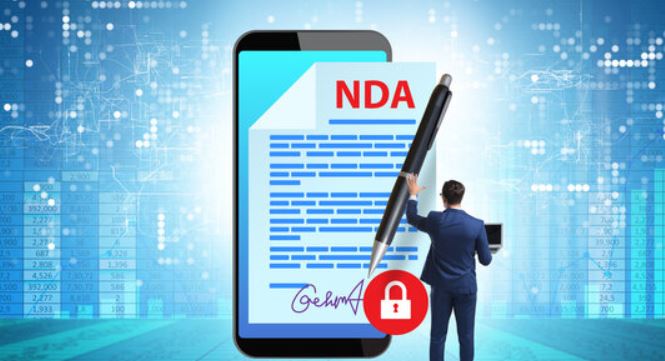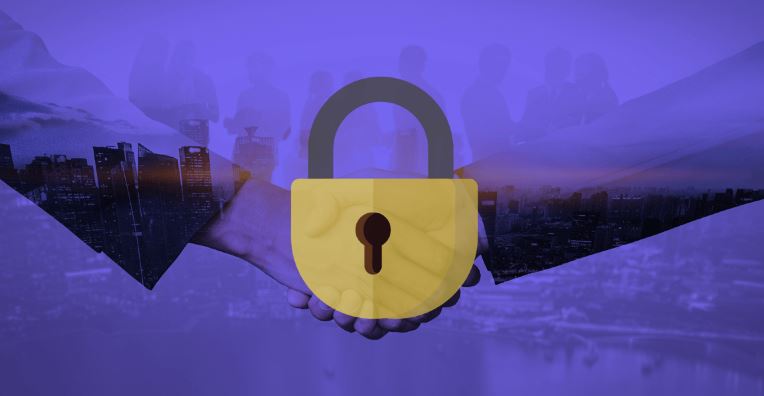A Non Disclosure Agreement (NDA) is a legally binding contract that requires one or more parties to keep certain shared information confidential. It is commonly used during business collaborations, negotiations, potential partnerships, or any professional exchange involving sensitive or valuable information.
Companies and entrepreneurs rely on NDAs to protect ideas, business plans, source code, confidential data, trade secrets, and any information whose disclosure could cause harm.
Globally, NDAs are considered a foundational layer of protection—not only for securing information but also for building trust among the parties involved. Having this agreement in place ensures safer information exchange and reduces the chances of misuse or leakage.
Why Is a Non Disclosure Agreement Important?
The importance of NDAs continues to grow, especially with digital transformation, rising entrepreneurship, and increased collaboration between companies, developers, and freelancers.
Key reasons include:
1. Protecting Ideas From Theft
When presenting a project idea to an investor, team, or potential partner, the concept itself may have high value.
An NDA prevents the receiving party from using or transferring that idea.
2. Safeguarding Sensitive Information
Such as:
-
Customer data
-
Software source code
-
Marketing strategies
-
Research results
3. Reducing Legal Risks
A clear agreement minimizes misunderstandings or misinterpretations in case disputes arise.
4. Enhancing Trust Among Parties
The agreement signals professionalism and seriousness, making cooperation smoother and more secure.

Types of Non Disclosure Agreements
NDAs vary depending on the nature of the relationship. The main types include:
1. One-Way NDA
Only one party discloses confidential information, and the other is obligated to protect it.
Common examples include:
-
Creator ↔ Investor
-
Company ↔ Employee
2. Mutual NDA
Both parties exchange confidential information and are equally required to keep it private.
Examples:
-
Two companies working on a joint project
-
Developer and a company sharing technical details
3. Multilateral NDA
Used when multiple parties are involved in a shared project, ensuring each one is responsible for protecting sensitive information.
What Should an NDA Include?
A well-written NDA must contain clear and precise clauses to prevent conflicts. Key elements include:
1. Definition of Confidential Information
Clarifies what is considered confidential, such as:
-
Software code
-
Marketing plans
-
Customer data
-
Engineering designs
-
Prototypes
2. Recipient’s Obligations
Includes:
-
Non-disclosure
-
Avoiding copying or recording data
-
Not using the information for competing projects
-
Returning or destroying information when cooperation ends
3. Duration of Confidentiality
This may last one year, three years, or indefinitely depending on the sensitivity of the information.
4. Exclusions
Information that is not considered confidential, such as:
-
Publicly available information
-
Information the receiving party already possessed
-
Data disclosed by legal obligation or court order
5. Penalties for Breach
May include financial compensation or referral to the appropriate court.
6. Governing Law
Specifies which legal framework will apply if the agreement is breached.
Practical Uses of NDAs
NDAs are used in many real-world scenarios, including:
1. Tech Companies and Developers
To protect software code, system architecture, and technical designs.
2. Entrepreneurs Presenting Ideas
Ensuring partners or investors do not misuse or replicate the idea.
3. Employees and Internal Staff
To secure access to sensitive company or client data.
4. Business-to-Business Collaboration
Especially when creating a shared product or service.
5. Freelancing and Outsourcing
Designers, writers, and developers often receive confidential client information that must be protected.
Benefits of an NDA for Businesses and Entrepreneurs
An NDA provides significant protection. Key benefits include:
-
Preventing unfair competition by protecting sensitive information
-
Safeguarding intellectual property, especially during early development
-
Ensuring operational continuity and security
-
Protecting internal business strategies, pricing models, and processes
Are NDAs Legally Recognized?
Yes. NDAs are legally enforceable in most countries, and courts can impose penalties or compensation if the agreement is violated, provided that the document is:
-
Written
-
Signed
-
Clear in its terms
-
Contains a well-defined scope of confidential information
They significantly strengthen the position of the harmed party in case of data leaks.

Conclusion
A Non Disclosure Agreement (NDA) is not just a piece of legal paperwork—it is a critical tool for protecting ideas, sensitive information, and business assets at every stage of work. Whether you are an entrepreneur, developer, employee, or a large organization, using an NDA is essential for building trust, ensuring confidentiality, and reducing legal risks.
If you are working on a new project or sharing confidential information with others, signing an NDA is not optional—it’s a necessity.
